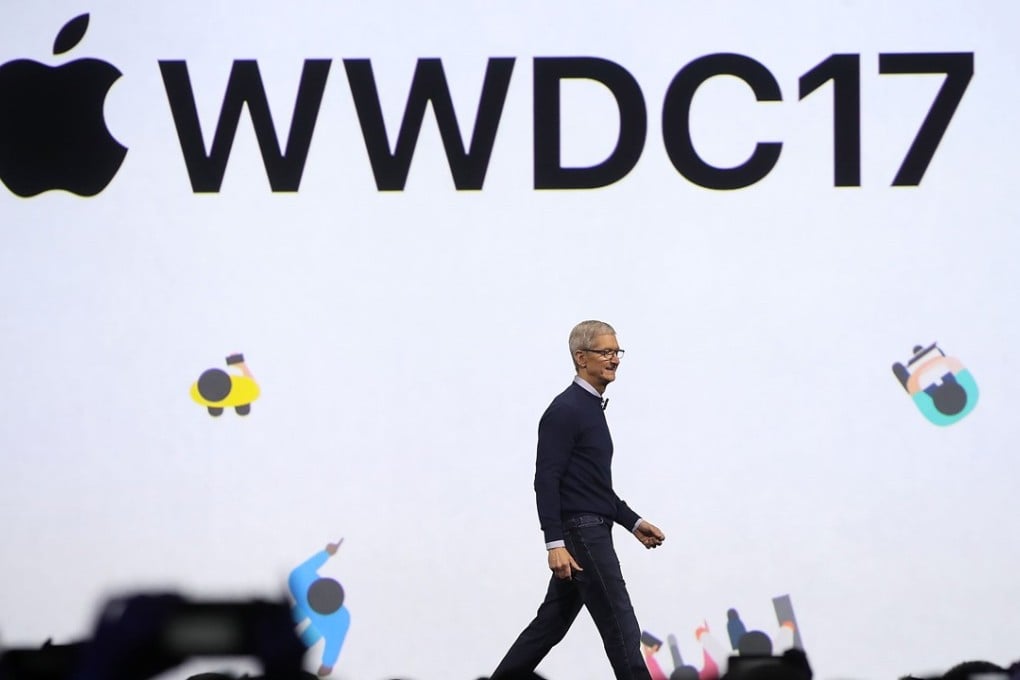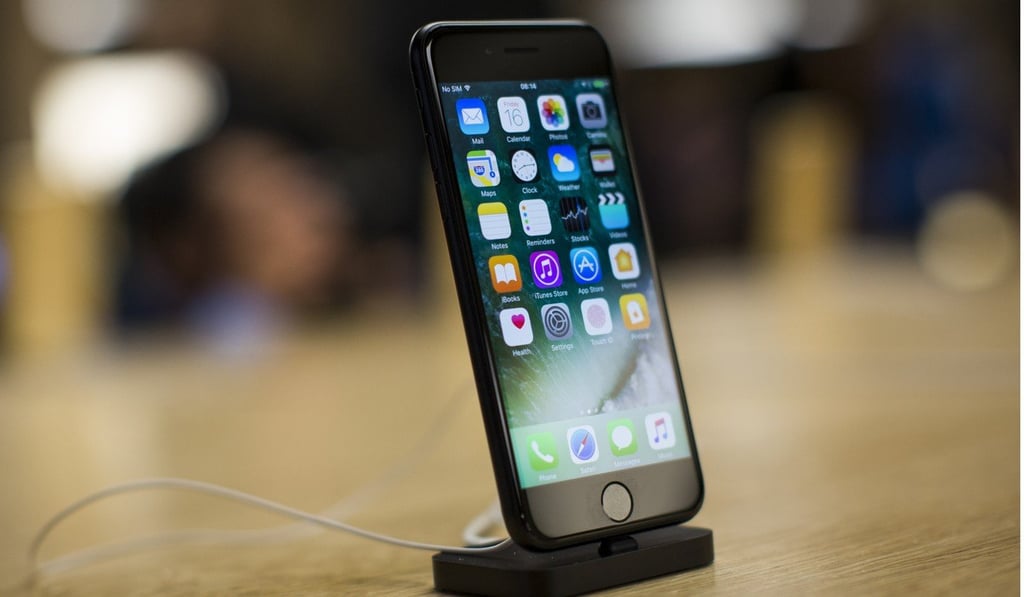Apple’s augmented reality push could see iPhone reimagine Google Glass
Augmented reality means smartphone screens could become a tool for making users more aware of the wider world rather than distracting them from it

Augmented reality (AR) is one of Apple’s big new areas of focus, which it highlighted earlier this month at its Worldwide Developers Conference. But how will Apple use AR, which involves using a screen to overlay digital objects onto the real world?
UBS Securities analyst Steven Milunovich raises some interesting possibilities in a new report.
Apple has already shown what AR can do, when it demonstrated how to use an iPhone to overlay an interactive game board on a real table, for example.
But Milunovich suggested 10 additional applications for Apple’s AR play, including some we’ve already seen come to life, such as games and retail.
He also sees applications for job training, facial recognition, medical diagnoses, and the ability to direct people to safety in case of emergency situations, similar to what Google Glass did to help firefighters find the fastest exits from a building.
Apple did not immediately respond to a request for comment on the report.

Milunovich wrote that combining various applications could also be useful. “Emergency first aid, a combination of remote health care and instantaneous education could save lives,” he said. “There are legal issues that would need to be overcome but seem solvable.”